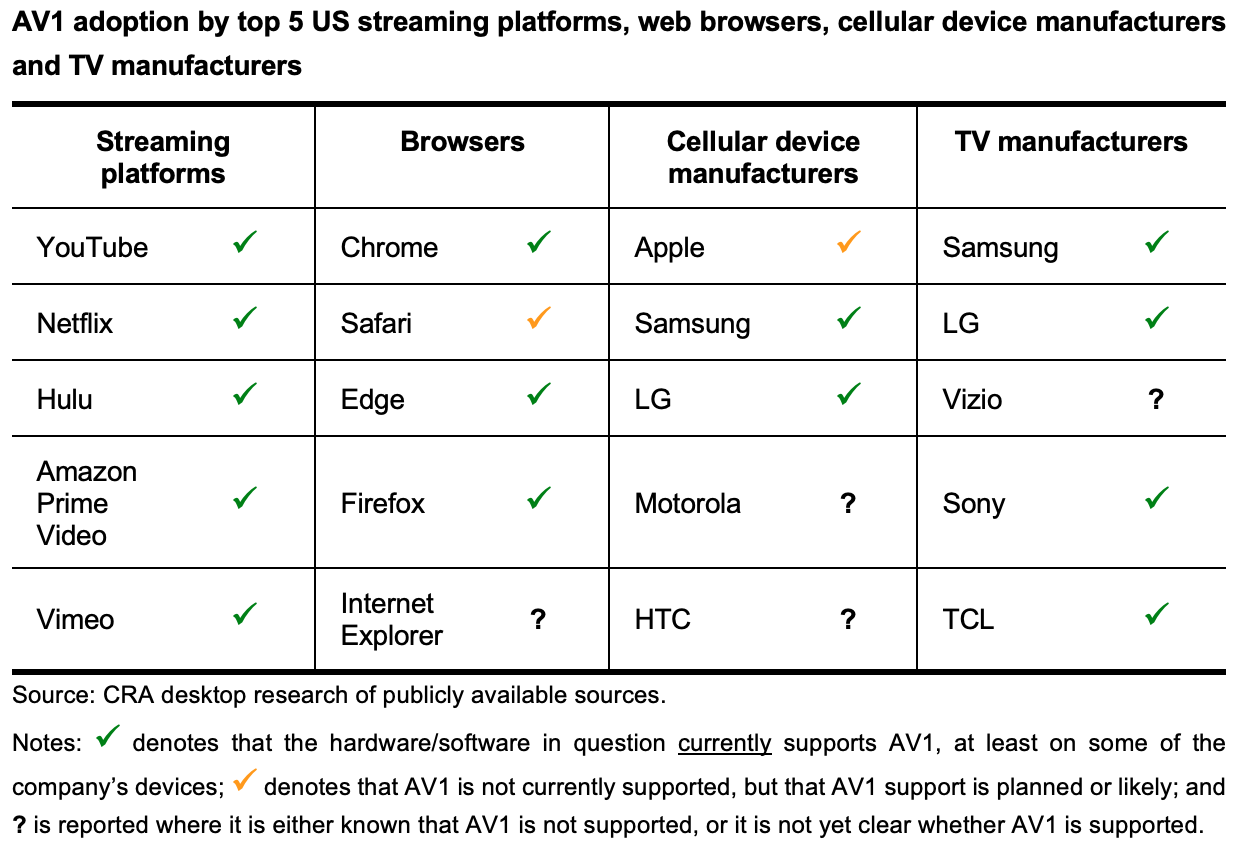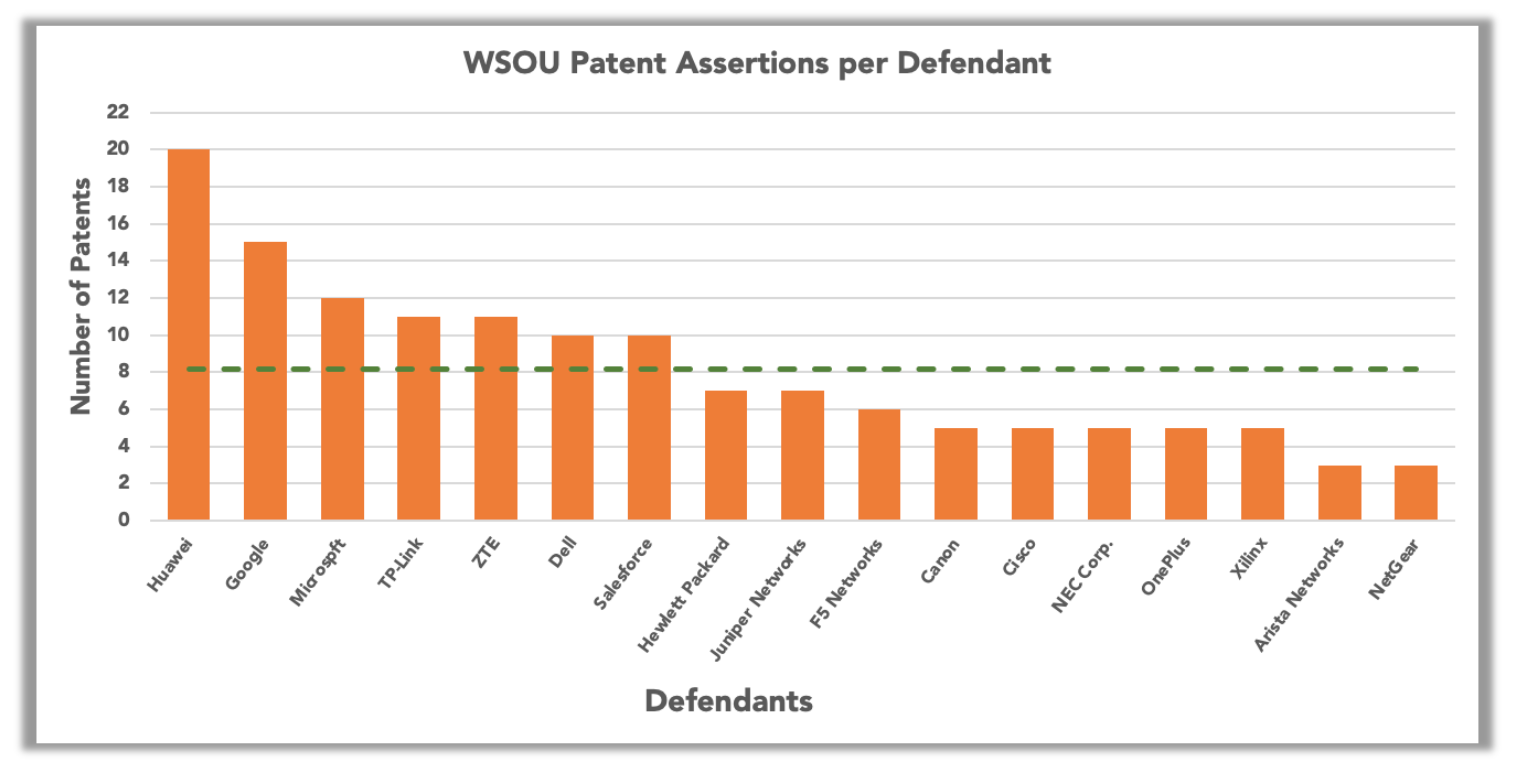As discussed in prior blog posts (for example, here and here), the Patent Trial and Appeal Board (PTAB) has increasingly exercised its discretion under 35 U.S.C. § 314 (a) to deny institution of post-grant proceedings when the challenged patent is involved in related litigation, using the framework outlined in NHK Spring and Fintiv. See NHK Spring Co. Ltd. v. Intri-Plex Techs., Inc., IPR2018-00752, Paper 8 (Precedential); Apple Inc. v. Fintiv, Inc., IPR2020-00019, Paper 11 (Precedential). A major consideration in the NHK Spring/Fintiv framework is whether trial in related litigation will occur before the PTAB’s one-year statutory deadline for issuing a final written decision after institution; if trial will occur before, the PTAB will likely exercise discretion to deny institution. The rationale is simple and seemingly cogent: due to the advanced state of related litigation, institution would be an inefficient use of PTAB resources and inconsistent with the America Invents Act’s goal of providing an “effective and efficient alternative to district court litigation.” NHK Spring, Paper 8, pp. 19-20. But determining when trial in related litigation will occur is not straightforward because litigation schedules often change. Over the past year, such changes have become more prevalent due to the COVID-19 pandemic. Thus, the PTAB may deny institution based on a litigation trial date that ultimately falls after the statutory deadline. We discuss instances where this occurred below.
Next Caller, Inc. v. TRUSTID, Inc – Institution is denied but the trial date relied on is delayed by a year.
TRUSTID asserted U.S. Patent 9,001,985 against Next Caller in January 2018 and amended its complaint to additionally assert U.S. Patents 8,238,532, and 9,871,913 in April 2018. See TRUSTID, Inc. v. Next Caller, Inc., 1:18-cv-00172-MN (D. Del. 2018). Next Caller filed an IPR petition challenging validity of the ’985 patent in October 2018; this proceeding was instituted and resulted in a final written decision finding some claims unpatentable and others not. IPR2019-00039, Paper 1; id., Paper 77, p. 90.
In April 2019, Next Caller filed IPR petitions challenging validity of the ’532 and ’913 patents. See IPR2019-00961; IPR2019-00962; IPR2019-00963. The PTAB exercised discretion to deny institution of each petition under § 314 (a), relying on the related litigation’s anticipated trial date in July 2020 versus the PTAB’s statutory deadline in October 2020. IPR2019-00961 and IPR2019-00962, Paper 10, pp. 14-16; IPR2019-00963, Paper 8, pp. 13-14. But the trial date was pushed back to July 2021 due to the COVID-19 pandemic.
Apple, Inc. v. Fintiv, Inc. – The trial date relied on in Fintiv itself is delayed and scheduled to occur months after the PTAB’s statutory deadline.
Fintiv asserted U.S. Patent 8,843,125 against Apple in December 2018. See Fintiv, Inc. v. Apple, Inc., 1:19-cv-01238-ADA (W.D. Tex. 2018). In October 2019, Apple filed an IPR petition challenging validity of the patent. IPR2020-00019, Paper 1. The PTAB exercised discretion to deny institution of the petition under § 314 (a), relying on the related litigation’s anticipated trial date in March 2021 versus the PTAB’s statutory deadline in May 2021. Id., Paper 15, pp. 12-13. But again, due to COVID-19, the trial date was pushed back – this time to October 2021.
Ethicon, Inc. v. Board of Regents, The University of Texas System – Institution is denied based on an “expectation” of trial within a year but knowledge of delay; the trial date relied on is delayed over a year.
The University of Texas (“UT”) asserted U.S. Patents 6,596,296 and 7,033,603 against Ethicon in November 2017 (serving the complaint in December 2017). See Board of Regents, The University of Texas System et al. v. Ethicon, Inc. et al., 1:17-cv-01084-LY (W.D. Tex. 2017). In December 2018, Ethicon filed IPR petitions challenging validity of the patents. See IPR2019-00406; IPR2019-00407. The IPRs were suspended for about a year pending the Federal Circuit’s decision in Regents of the University of Minnesota v. LSI Corp., Case No. 2018-1559, addressing the applicability of sovereign immunity to IPRs. IPR2019-00406 and IPR2019-00407, Paper 11. After the suspension was lifted, UT filed a preliminary response in the 00406 proceeding without addressing the merits, arguing only that the Board should exercise discretion to deny institution under § 314 (a). IPR2019-00406, Paper 26. And the Board did just that, even though it was aware the related litigation’s June 2020 trial date had already been continued due to COVID-19, relying on the litigation court’s “emphasis that the parallel litigation should proceed as if still set for June 22, 2020,” “expectation of holding a bench trial within a year,” and expected final written decision issuance date of June 2021. Id., Paper 27, pp. 9-10. But trial did not occur and instead, a bench trial is scheduled for September 2021.
Interestingly, the same Board panel instituted the 00407 proceeding on the same day the 00406 denial issued. IPR2019-00407, Paper 29. The 00407 decision did not address Fintiv, but UT did not file a preliminary response in that proceeding. Id. UT disclaimed all challenged claims of the patent at issue after institution and the Board entered adverse judgement in June 2021. Id., Paper 33.
Cisco Systems, Inc. v. Ramot at Tel Aviv University Ltd. – Institution is denied based on trial date that is now uncertain, but litigation is stayed pending Ex Parte Reexaminations filed after the denial.
Ramot sued Cisco, asserting U.S. Patents 10,270,535 and 10,033,465 in June 2019, and adding U.S. Patent 10,461,866 in an amended complaint in December 2019. See Ramot at Tel Aviv University Ltd. v. Cisco Systems, Inc., 2:19-cv-00225-JRG (E.D. Tex. 2019). Cisco filed IPR petitions challenging the ’535 and ’465 patents in November 2019, and another petition challenging the ’866 patent in January 2020. IPR2020-00122; IPR2020-00123; IPR2020-00484. The PTAB exercised discretion to deny institution of each petition under § 314 (a), relying on the related litigation’s anticipated trial date in December 2020 versus the PTAB’s statutory deadlines in May 2021 and August 2021. IPR2020-00122, Paper 15, pp. 7-8; IPR2020-00123, Paper 14, pp. 7-8; IPR2020-00484, Paper 10, pp. 7-8. But after denial, Cisco filed Ex Parte Reexaminations at the U.S. Patent and Trademark Office (USPTO) challenging validity of the patents in suit, and after reexamination was ordered, office actions issued rejecting all asserted claims. Ramot, Dkt. 235, pp. 1-3. Thus, the litigation court granted a stay pending resolution of the reexaminations in January 2021. Id. When the stay issued, trial had been delayed from December 2020 to March 2021. The case is currently still stayed, with the trial date uncertain.
According to the U.S. Patent and Trademark Office, the average reexamination pendency from filing to certificate is just under 26 months. See https://www.uspto.gov/sites/default/files/documents/ex_parte_historical_stats_roll_up_21Q1.pdf. Here, Cisco filed its reexaminations in June 2020 and November 2020 for each patent. Ramot, Dkt. 235. Thus, the reexaminations are estimated to conclude in August 2022 and January 2023. These dates are over a year past what would have been the PTAB’s statutory deadlines in May 2021 and August 2021, had the IPRs been instituted. IPR2020-00122, Paper 15, pp. 7-8; IPR2020-00123, Paper 14, pp. 7-8; IPR2020-00484, Paper 10, pp. 7-8.
Conclusion
Due to the likelihood that litigation trial dates change, the PTAB’s reliance on such dates to deny institution of post-grant proceedings under the NHK Spring/Fintiv framework has had unintended consequences, denying petitions (and an examination of the merits) when trial ends up occurring months after when a final written decision would have issued. The PTAB’s analysis of litigation trial dates under the NHK Spring/Fintiv framework should therefore not take litigation schedules at face value; instead, a more nuanced approach is needed that considers circumstances such as the current stage of litigation, issues that remain in litigation, and whether (and to what extent) extensions to deadlines and/or changes to the trial date have been requested and granted.









